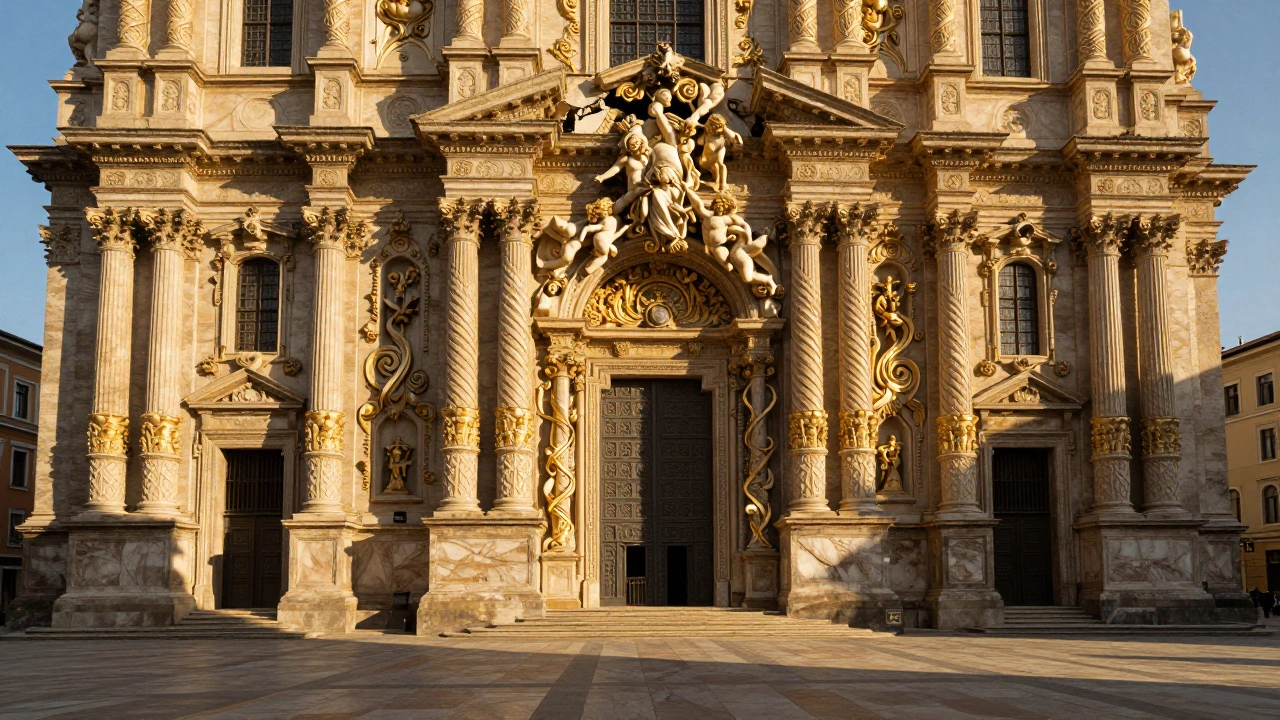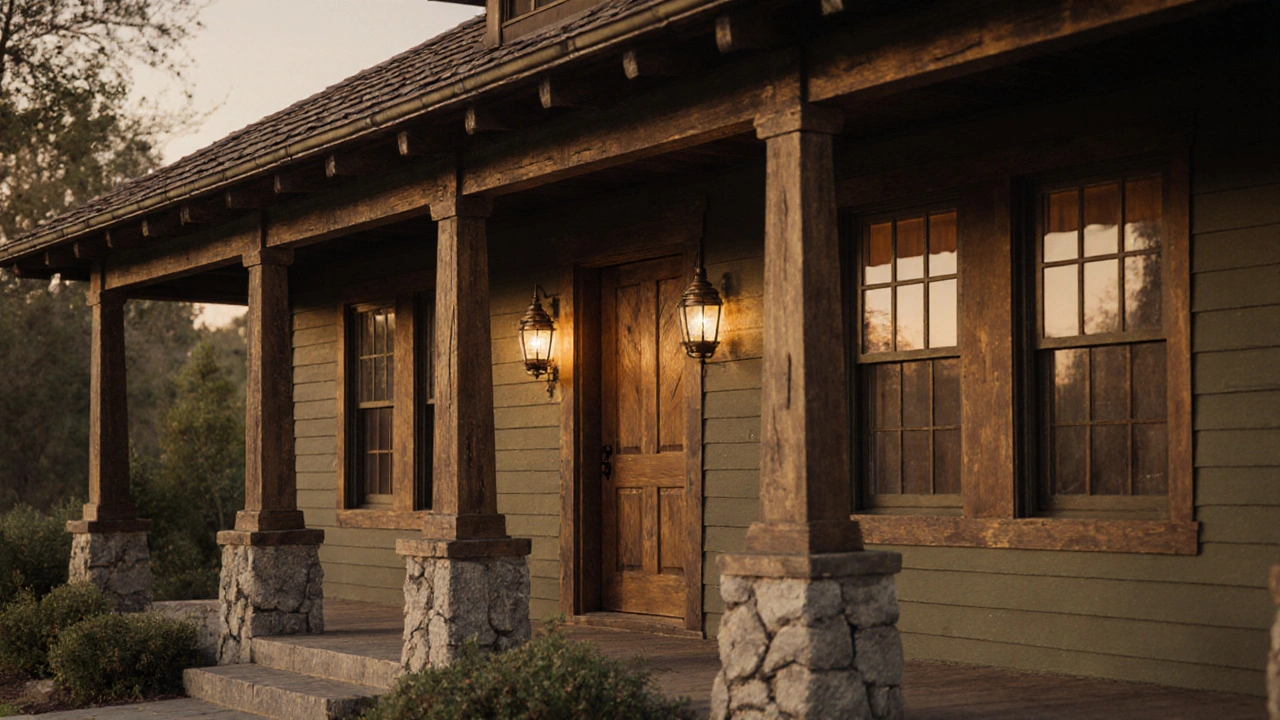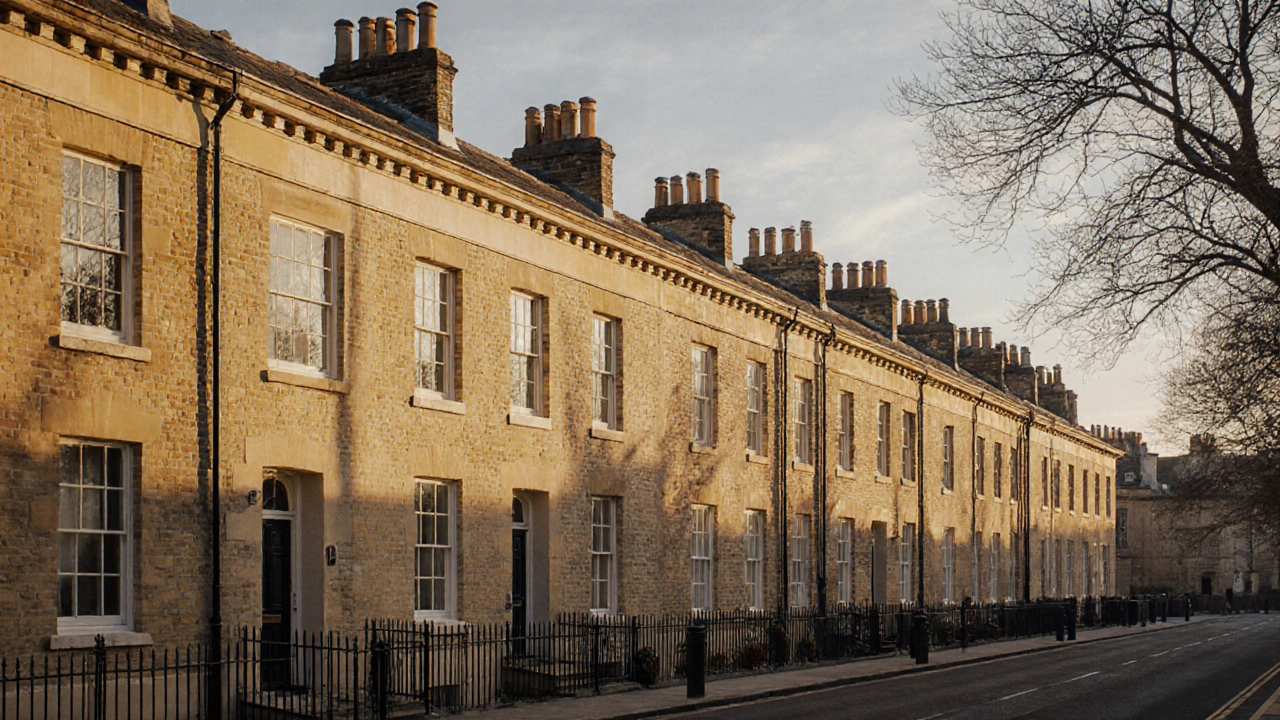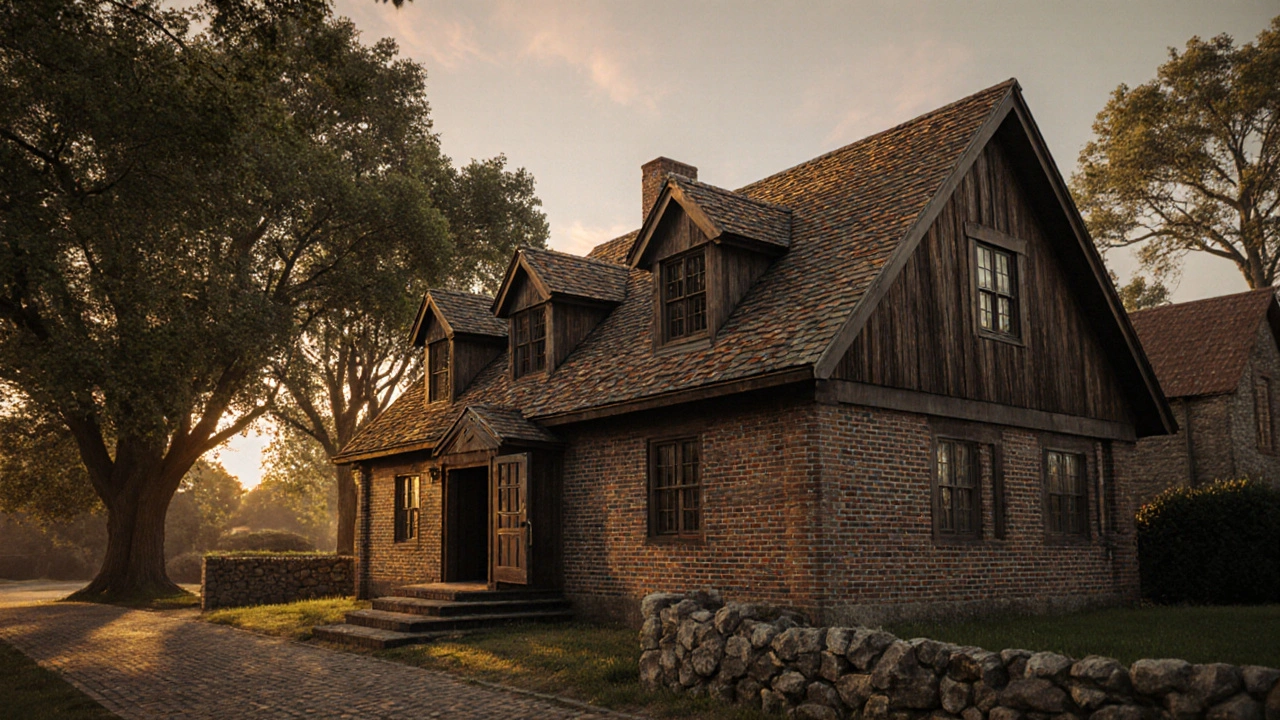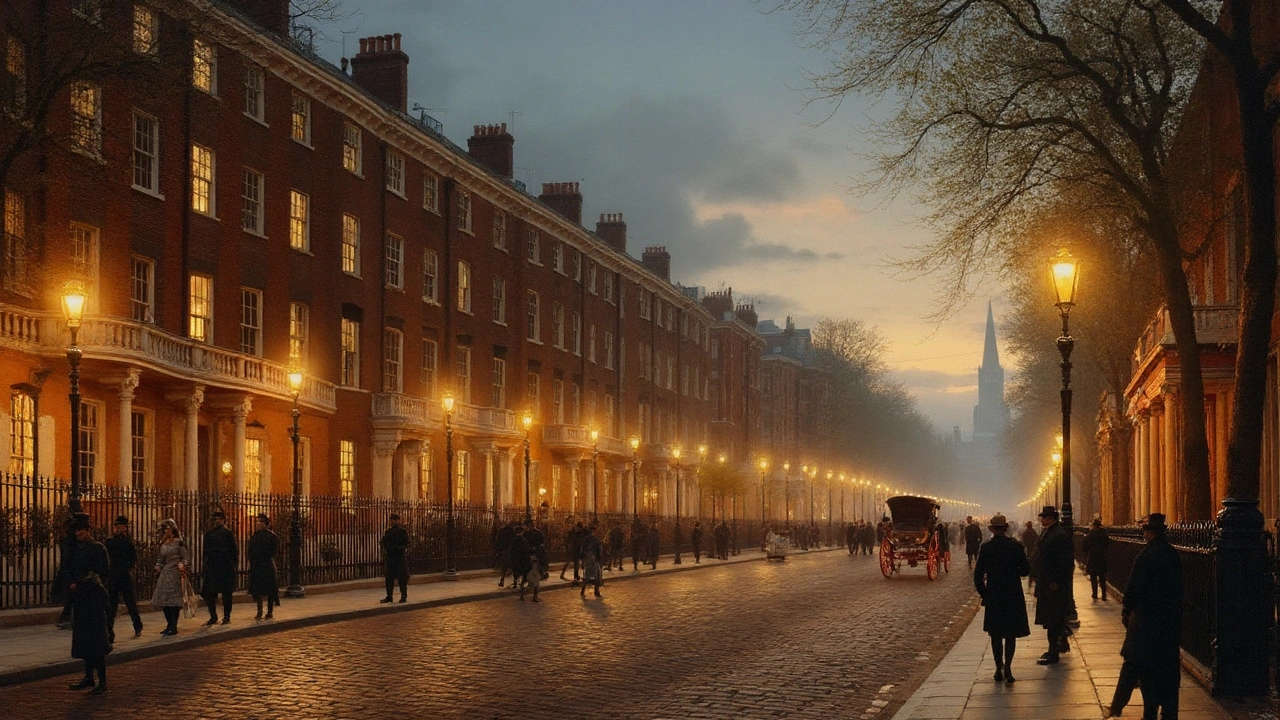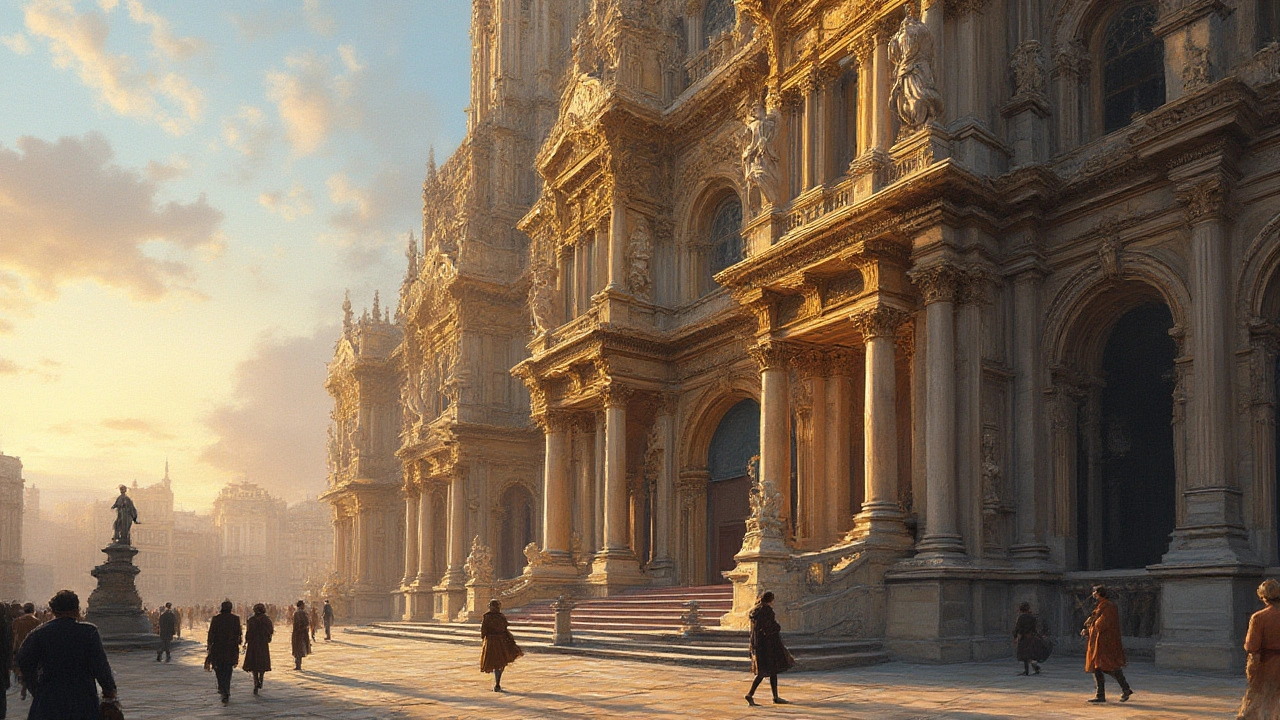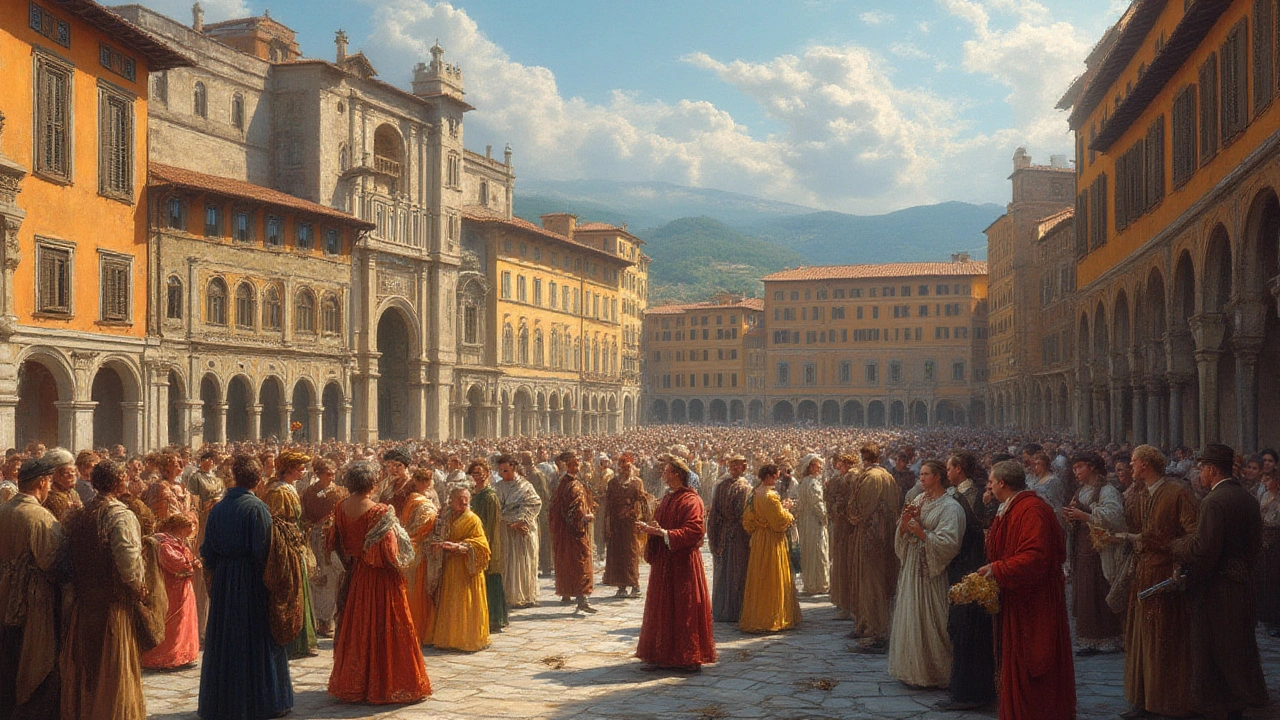Baroque architecture uses movement, drama, and ornament to create awe. Learn how to recognize its twisted columns, gilded ceilings, and emotional design language in churches, palaces, and beyond.
Author: Oliver Jacobs
The American Craftsman style represents enduring quality through handcrafted woodwork, solid materials, and timeless design. Built to last over a century, these homes stand apart from modern mass-produced houses.
Georgian architecture blends classical symmetry, refined materials, and balanced proportions to create timeless homes that still inspire modern design. Learn its defining features, global influence, and how to recognize authentic examples.
Explore the enduring charm of Dutch Colonial Revival architecture, its signature gambrel roof, historic roots, and how to preserve or adapt these timeless homes today.
Explore the defining features, iconic examples, and lasting influence of Georgian architecture, the elegant 18th‑century style that still shapes our cities.
What Constructivist architecture means for cities now. Clear guide, real examples, and checklists to apply its urban logic-fast builds, social spaces, and climate-smart design.
Explore how colonial architecture blends history, diverse cultures, and artistry to shape iconic buildings, from imposing facades to subtle local details, across continents.
Discover how Baroque architecture captures drama, movement, and opulence. Explore its origins, key features, and influence across history and today.
Discover the Renaissance—a time of genius, beauty, and innovation. From Florence to Leonardo, get the basics on art, ideas, and drama that changed Europe forever.
This article breaks down how the Renaissance flipped the script on what it meant to be an artist. It digs into why painters and sculptors went from anonymous workers to household names during this period. You'll get a look at the big shifts in thinking that let creative people stand out and take credit for their work. Find out how these changes still shape our view of art and artists today. You'll also pick up tips on spotting real Renaissance influence in modern art.

